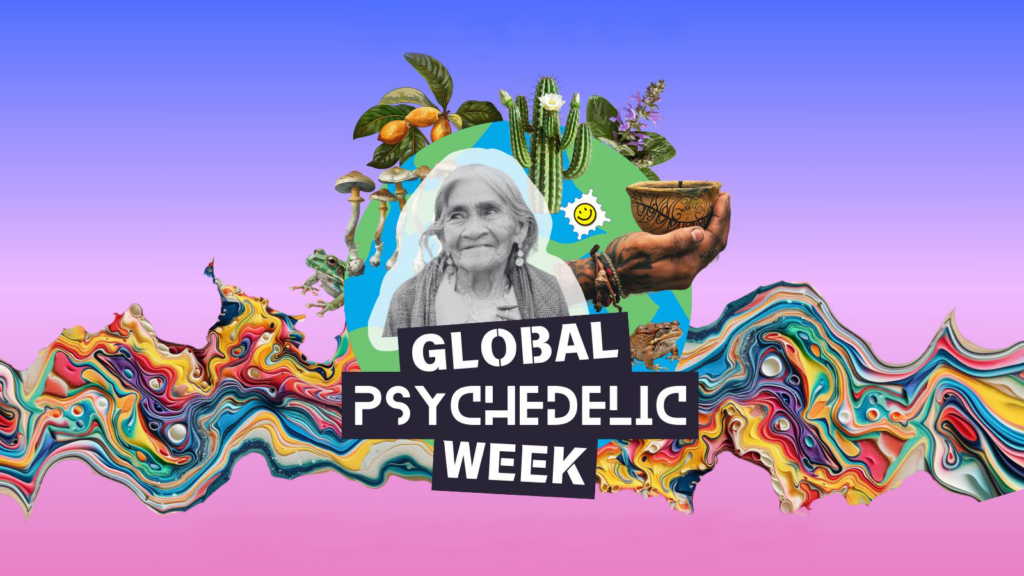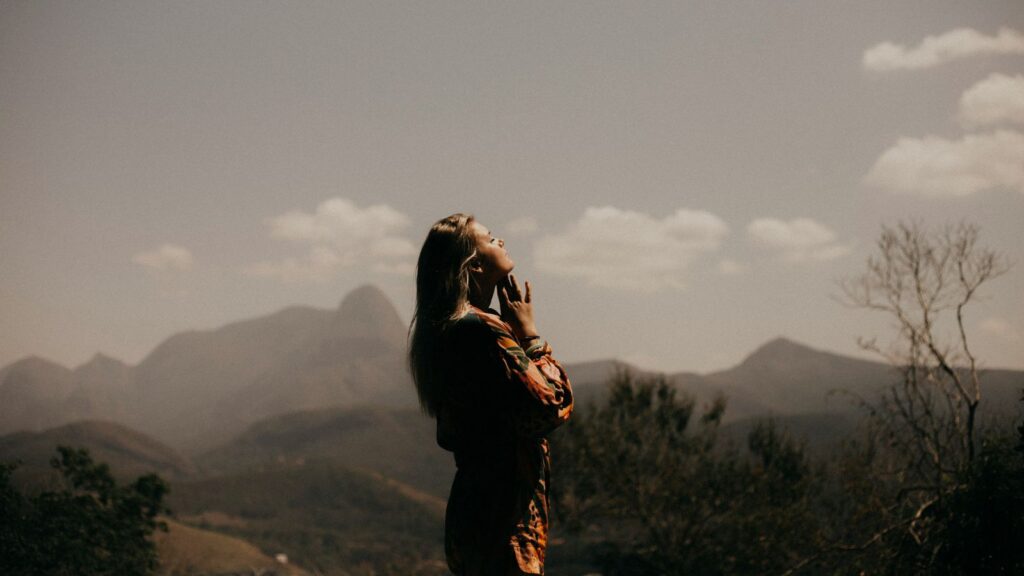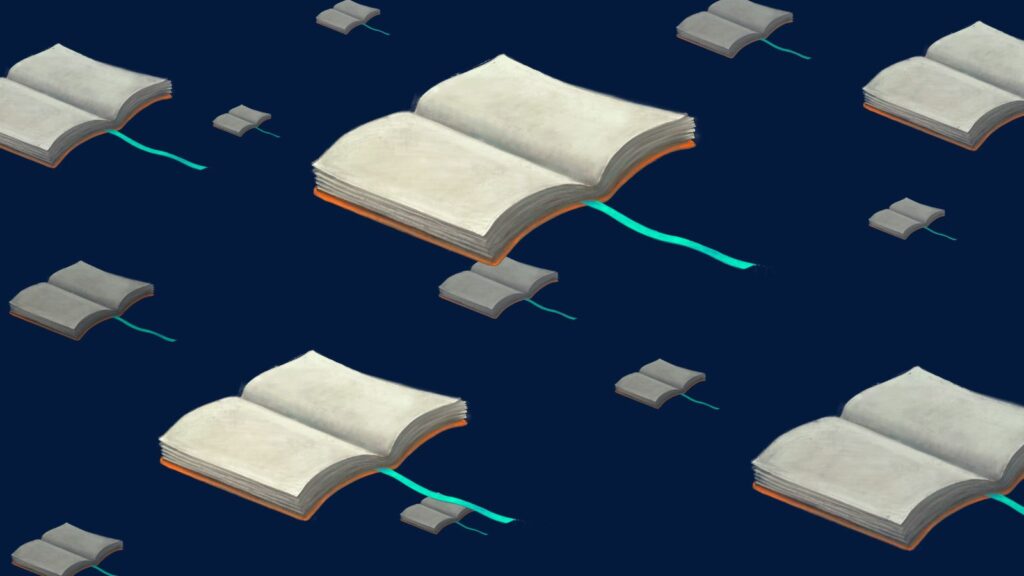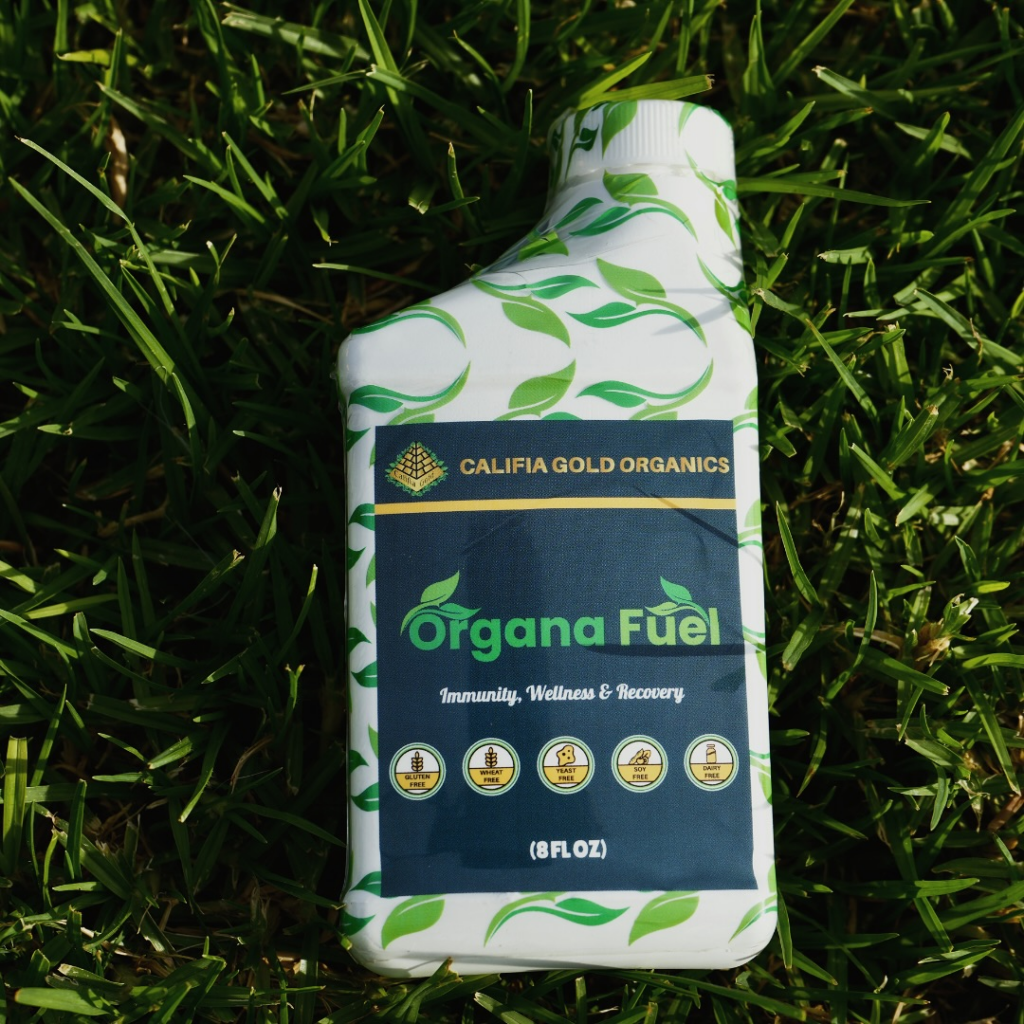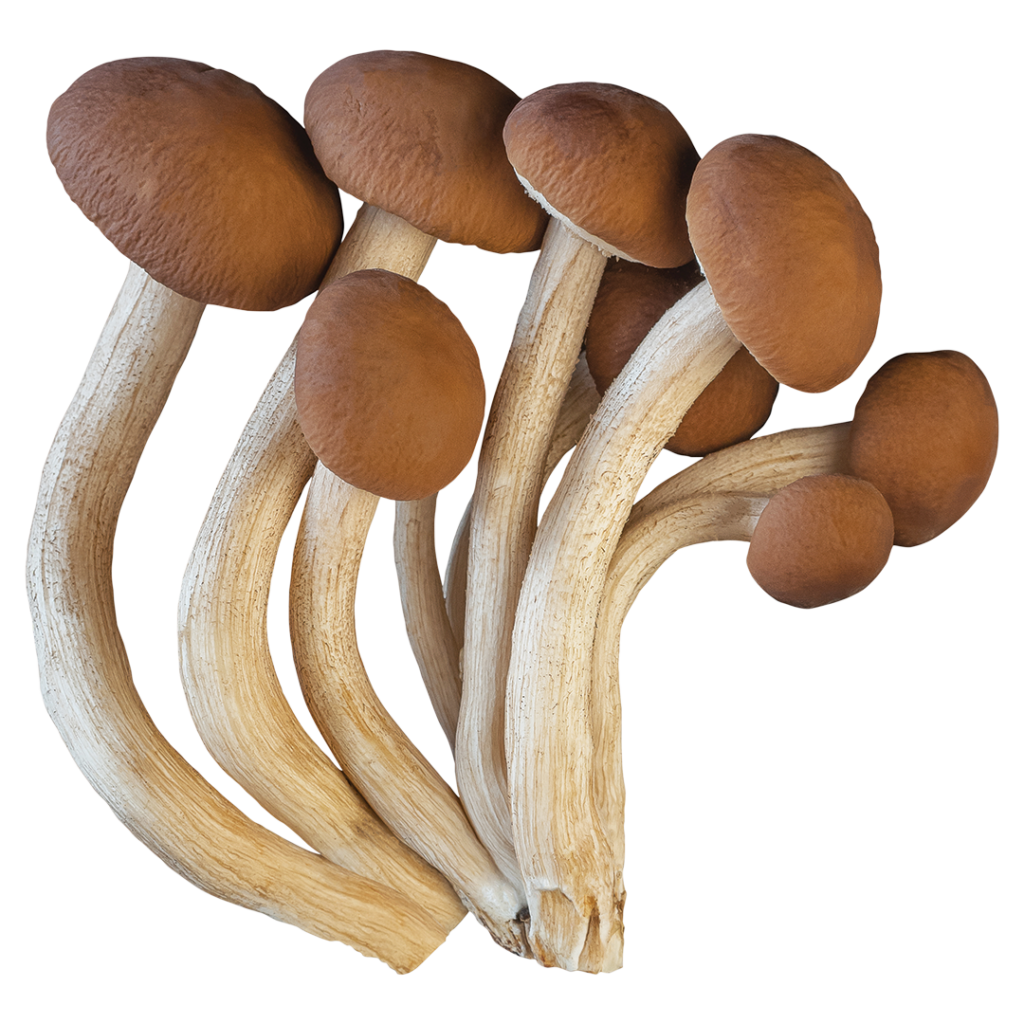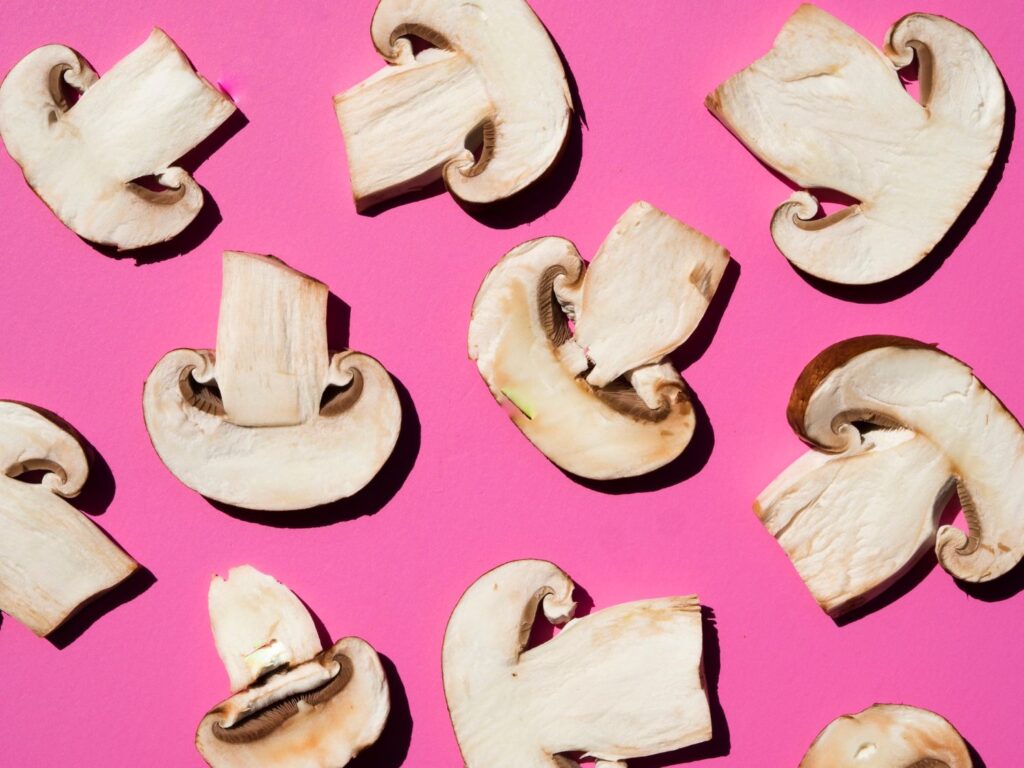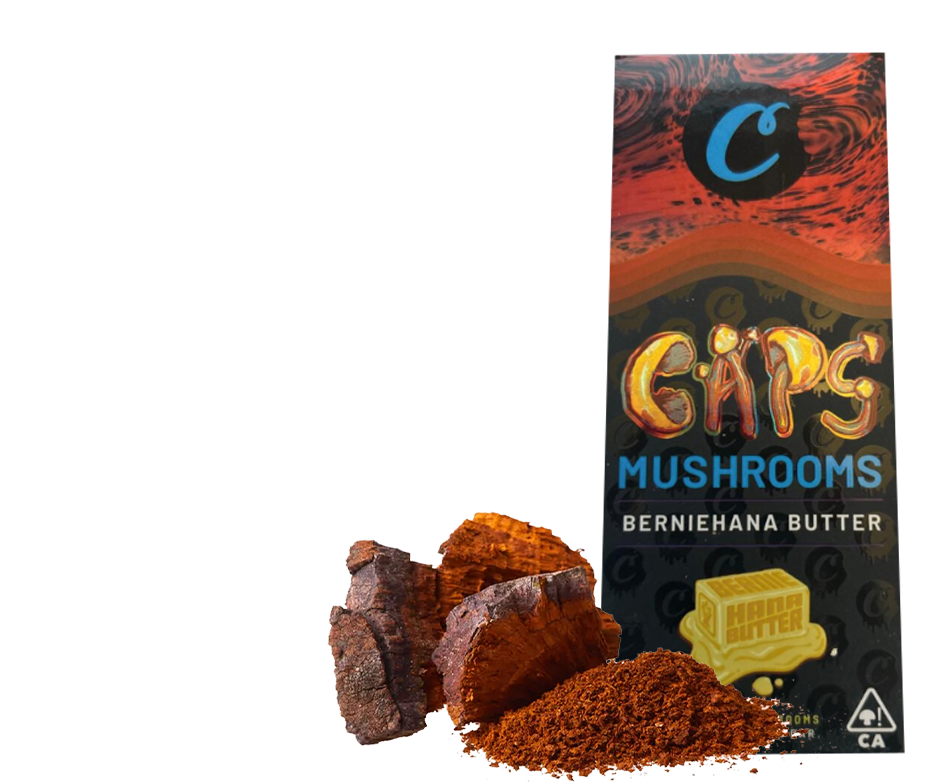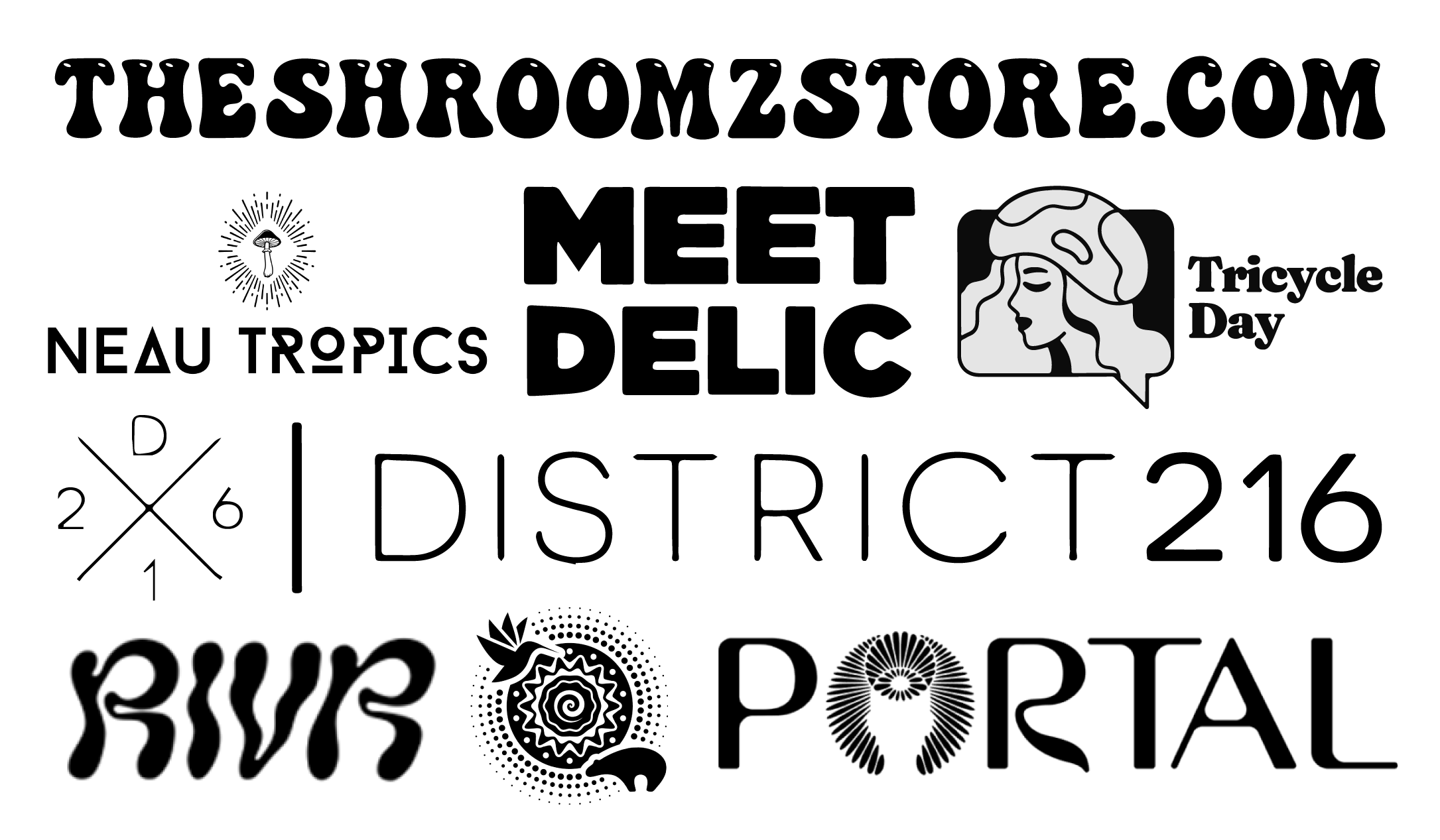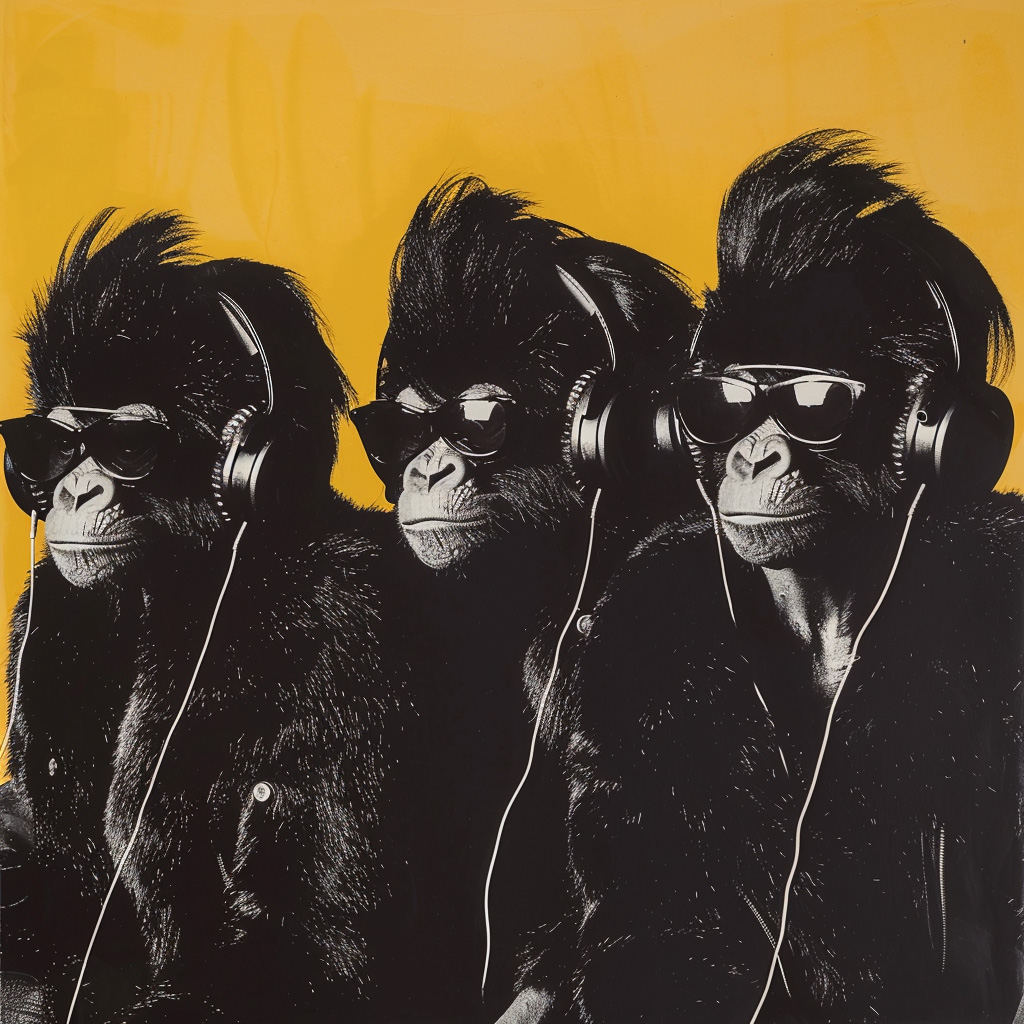This article is Part 1 of a two-part series. Read Part 2 here.
Medical diseases have a cultural dimension: the ill health of the individual reveals the ways in which the surrounding culture is not whole. The twin epidemics of our time, obesity and autoimmunity, are symptoms of a deep infirmity in our civilization. They have level after level of cause, from the proximate biochemical and biophysical mechanisms, to toxic environments, impoverished food, and electromagnetic pollution, to basic patterns of living, thinking, and being in response to modernity, all the way down to the sense-of-self that underlies our civilization. Each condition shows us something about our society, and what it shows us offers a glimpse of how we might heal these conditions that have proven so intractable to modern medicine.
In the 1960's, the age of disease appeared to be nearing its end. Medical science and public hygiene had virtually eradicated the dread infection diseases of past centuries: smallpox, typhus, cholera, tuberculosis, plague… Researchers testified before Congress that most remaining diseases would be conquered by the year 2000. We could look forward, they said, to a world free from disease and blessed with scientifically enhanced life spans of 120 years or even more. Heart disease, cancer, arthritis, diabetes, and stroke would soon go the way of the plague.
A half-century later, none of these diseases has been conquered. The technologies to control them have advanced markedly, but despite daily news items announcing breakthroughs in molecular, genetic, and nano medicine, no major disease has been conquered for at least thirty years. We are in the midst of a new epidemic, consisting of dozens of once-rare or non-existent conditions that elude the curative power of technological medicine. The most obvious of these is the obesity epidemic, afflicting some one-third of American adults, with another one-third overweight but not obese. Co-morbid conditions include diabetes, asthma, hypertension, sleep apnea, and higher risk of heart attack and stroke; adding insult to injury is the social opprobrium the obese suffer due to the widespread belief that they must be weak-willed, ignorant, greedy, lazy, or irresponsible. Part Two of this essay will focus on the obesity epidemic.
The other defining epidemic of our time is autoimmunity, comprising a large number of seemingly disparate diseases. Autoimmunity is a condition in which the immune system attacks part of its own body, treating a part of self as if it were other. Autoimmunity plays a role in many of the new or once-rare diseases you may have started hearing about a decade ago. The following diseases are, in whole or in part, autoimmune disorders. Most are far more prevalent than they were a generation ago, in some cases by several orders of magnitude. Here is a very partial list: Crohn's disease, ankylosing spondylitis, lupus, rheumatoid arthritis, celiac disease, Addison's disease, type 1 diabetes, Grave's disease, endometriosis, some hepatitis, multiple sclerosis, fibromyalgia. Autoimmunity is also suspected by some authorities to play a role in Alzheimer's disease, autism, lyme disease, chronic fatigue syndrome, eczema, asthma, and atherosclerosis. I will also include allergies in this category, for although they are not autoimmune conditions they do involve a similar derangement of the immune system.
Health means a state of wholeness; disease shows us ways in which we are not whole. I call obesity and autoimmunity the "defining" epidemics of our age because they arise directly from our defining sense of self, our basic perception of what it is to be. I call it the discrete and separate self, and it reverberates throughout our culture. In economics it is the "economic man," the rational actor seeking to maximize self-interest. In biology it is the selfish gene and the phenotype that expresses it, which again seeks to maximize self-interest in terms of survival and reproduction. Religion (aside from esoteric traditions) posits a world of separate souls encased in flesh, and science, disagreeing only superficially, says the (psychological) self is a creation of the brain, an internally generated construct separate from other such constructs. Philosophy, finally, bequeaths to us the mote of Cartesian consciousness observing the world from within its prison of flesh, but not truly part of it. It is the ultimate in separation.
Better than reading a description of the modern self is to actually experience it. Close your eyes for half a minute and picture a human being doing nothing but existing. Just existing. Do it now before reading on.
When I offer this experiment in my seminars, I ask people, "Was the image of somebody alone?" Most people admit that it was: often they picture a person just kind of floating in space, or in a nondescript setting. That reveals our basic experience of being: to be is to be alone. To exist is to be separate. Relationship is necessary, perhaps, for an organism to survive, but it is not intrinsic to its basic existence. We perceive ourselves as separate beings having relationships. But this is not the truth. We are not separate beings having relationships. In fact, we are relationship.
Other cultures have had very different experiences and conceptions of what it is to exist. If you had asked them to picture someone just existing, they probably would have pictured him or her within a family or village, relating to other people and to nature. More likely, such a concept — "just existing" — would be unintelligible, in a culture where to be is to relate.
Martin Prechtel illustrated a different sense of self in a talk I once heard him give, where he described how in his village, no one would go to the shaman with the notion, "I'm healthy, but my child is sick." He would say, "My family is sick." Or if it were a neighbor's child, he might say, "My village is sick." For them it was ludicrous to imagine that anyone could be healthy if his sister or neighbor were sick. To say, "I am healthy but my sister is sick, or my neighbor is sick, or the forest or the planet is sick" would be as ridiculous as saying, "I have a serious liver disease, but I'm healthy. It is just my liver that is sick."
Immersed in the world of the separate self, we imagine that health can come by separating ourselves from all that is toxic. We can stay away from infectious people, from pollution, from toxins in the food and water. We think that the more successfully we insulate ourselves from a toxic world, the healthier we will be.
From the perspective of a connected self, this idea is the height of folly. By maintaining a regime of separation, we are cutting ourselves off from most of our true being. In effect, the ideology of the discrete and separate self defines us as less than what we are. It defines us as not whole. Sickness is built in to our self-definition, into our basic identity. Intensifying attempts to suppress it through greater separation only make it worse.
The true self is a connected self. This is not only a matter of philosophy or metaphysics; it is true in biology as well. What is a human being? A human being is composed of some 50 trillion cells, each of which carries common genetic information inherited from his or her parents. Right? Well, actually, if you are healthy, your human cells are outnumbered ten-to-one by bacterial cells and those of other microorganisms. Your skin, your intestines, and indeed every mucous membrane are teeming with bacteria, yeasts, microfauna, and even microscopic arthropods.
Immersed in the world of the separate self, which implies that more for me is less for you, we tend to shudder at the thought that every surface of our body is teeming with foreign organisms. They must be parasites — Right? — competitors for resources. Surely one would be healthier if all those organisms could be purged, and the body made pure. We associate cleanliness, sterility, and insulation from the world of "germs" with health. In fact, when the microbiota are decimated by antibiotics or disturbed by steroid drugs or other toxic substances, the results can be devastating. Neither harmful parasites nor innocuous cohabitants, our microbiota play an irreplaceable role in maintaining health, aiding in digestion and absorption, regulating the bowel, aiding epithelial cell growth, protecting against pathogenic yeasts, and modulating the immune system.
We conceptualize these as "other" organisms, not part of our human selves, but why should we if they are essential to our survival? Granted, their DNA is not in the human germ line, but then again neither is that of our mitochondria. (Actually, much of their DNA is in the human germ line. According to some estimates, about half of human DNA is of viral origin. Viruses serve as vectors of "horizontal gene transfer," eroding the integrity of the discrete and separate self we project onto biology. See The Genetic Plenum for a more detailed discussion.) Moreover, our bacterial symbionts are indeed inherited, in a sense, through birth, nursing, and close physical contact. They are part of us.
This is not an exceptional situation. All organisms are intimately dependent on other organisms for their survival. Cows, for instance, completely depend on the bacteria in their rumen to digest cellulose. Without them, they couldn't eat grass. By what token do we conceive of the bacteria as foreign beings, and not another organ of the cow? Even more dramatic is the case of Convoluta roscoffensis, a flatworm found on the coast of Brittany. This animal has no mouth, nor indeed any functioning digestive tract. Instead, its transparent body hosts trillions of green algae who provide the worm energy through photosynthesis. In that protected environment, generations of algae live and die. They even process the worm's metabolic wastes. Another worm, a roundworm that lives near undersea vents, also has no digestive tract but harbors bacteria in a special organ called a trophosome. The bacteria produce energy from hydrogen sulfide gas collected by the worm. What kind of bacteria? No one has named them, because they are impossible to culture in a lab. They can only survive in the worm. Bacteria and worm are each wholly dependent on the other. To say they are separate organisms is merely ideology.
Not only do practically all plants and animals depend on close symbionts, we also depend on a more diffuse network of other living beings for our survival: rain forests and algae to make our oxygen, soil bacteria to fix the nitrogen that eventually becomes protein in our bodies, and the entire food web that keeps it all going. In a sense, all are organs of our selves. No being can live alone on a barren, lifeless planet. The scientific realization of the interdependence of all life, including humans, has revolutionary consequences. Merely a generation ago, we believed in a Jetsons-like future in which it was man's destiny to transcend nature and live in a wholly artificial environment. We would outgrow our dependency on the rest of life. Now, progressively, we are realizing as did our distant ancestors that we ARE life and the rest of life is us. When we separate from it, we separate from part of ourselves. When we destroy it, we destroy part of ourselves. Ill health, therefore, is implicit in the modern separate self.
An autoimmune disease arises out of a confusion of self and other. In multiple sclerosis, for example, the immune system mounts an attack on the myelin sheaths, just as if they were foreign tissue. On a collective level, we enact a parallel confusion whenever we treat nature as an opponent. You may think that the "conquest of nature" is an obsolete concept, but it still deeply infuses our intuitions, our actions, and the way we address problems, even as most people agree we should preserve the rain forest. Our technologies, whether material, social, or personal, are usually the technologies of control. Most people today, no matter how "holistic" they think they are, take antibiotics for an ear infection or strep throat. When the flood waters break the levees, we respond by building them higher and stronger. We deal with pesticide-resistant weeds by developing new pesticides, and try to fight the aging process with artificial hormones or natural supplements. Ever since the advent of large-scale agriculture, we have seen nature as a capricious force, an opponent to be mastered. The associated habits of thought are still with us today.
Prior to the 20th century, humanity was under no illusion that nature was not a force far greater than ourselves. We were under no illusion that we had already conquered nature. The diseases of the time fit in with this conception of nature as a capricious and overwhelmingly powerful foe.
In the 20th century, advances in technology suggested that we had fulfilled Descartes' prediction: that science would one day make us the "lords and possessors" of nature. One by one, we transcended the old natural limits. We achieved flight, broke the sound barrier, cracked open the atom, probed outer space, harnessed electricity and the electromagnetic spectrum, decoded the gene, laid bare the building blocks of matter. With the hydrogen bomb we took command of a force more potent than any terrestrial natural one, and with nuclear power we aspired to independence from the sun itself. Pressing home our advantage in the realm of medical science, we applied antibiotics and vaccines to conquer the dread diseases of civilization, and presumed ourselves to have mastered nature in this realm too.
The extreme of yang gives birth to yin. Having conquered the outer environment, it is no wonder that new epidemics arose from within ourselves. Ironically, the epidemics of our time originate in large part in the very technologies through which we have conquered the outer realm. The war against infectious disease was won through sanitation, vaccines, and antibiotics.[i] All three of these contribute to the autoimmune epidemic. Other culprits include chemical toxins such as pesticides, herbicides, heavy metals, food processing and household chemicals, and industrial pollution — again, all agents or byproducts of our seemingly successful victory over nature.
The process by which these cause autoimmunity is very complicated, and a coherent picture only emerges through studying a variety of sources ranging from the unconventional to the dubious. The puzzle-pieces include body ecology disruption, Th-1/Th-2 immune imbalance, mercury and aluminum, dioxin and PCBs, mycoplasma infection, candida overgrowth, pesticides, glutathione deficiency, free radical damage, chronic stress, sugar and trans fats, excitotoxins like MSG and aspartame, hypercoagulation, excessive dietary polyunsaturated oils, estrogen stress, endocrine disruptors, and aseptic environments, many of which are not acknowledged as causes by mainstream medicine. In short, the causes lie in industrialized diets, industrialized agriculture, industrialized medicine, and industrialized lifestyles. The very technologies that promised the conquest of nature and in particular the conquest of disease have engendered new, intractable diseases that elude technological solutions. Conventional medicine is powerless before them, offering only temporary palliation of symptoms by a blanket suppression of the immune system using steroid drugs. In essence, it attempts to address the consequences of excessive control through the exercise of yet more control. We should not be surprised that an intensification of the methods and mindsets underlying the new epidemics bring even more of the same.
Humanity's adversarial relationship to nature shows up on the inside as the War Against the Self. Autoimmunity is only one aspect of this war, which is primarily psychological. Self-hatred, self-judgement, and self-rejection are the psychological correlates of somatic autoimmunity. Please don't take me to imply that autoimmune sufferers have "brought it on themselves" by indulging in self-rejection to a greater extent than you or I. By virtue of being born into this culture, all of us are born into a certain amount of self-rejection, and it manifests differently in the experience of each one of us. Autoimmunity is merely its most direct, obviously symbolic somatization. At bottom, most of our physical, mental, and social ills originate in the War against the Self, both interior and exterior. Born into this age, we are born into a broken wholeness. Any rejection of self breaches our wholeness, that is, our health.
The psychological correlate of the immune system is the ego. Like the immune system, the ego is meant to maintain our self-other boundaries and protect the physical integrity of the temporarily separate identity whose perspective we inhabit. Even if, on some deep metaphysical level, these boundaries and this identity are illusory, nonetheless it is right and beautiful to maintain this illusion until it has fulfilled its purpose. Premature transcendence is yet another subtle attack by the ego upon the self. Take a moment to give your ego an adoring hug, and then consider what happens when the ego turns around and attacks the very self it is supposed to protect. That is what is happening when you hate, judge, and reject yourself.
At risk of sounding like a Deepak Chopra caricature, let me elaborate a little bit on this self-rejection. While it sometimes flares up into explicit self-hatred, it is usually more subtle. Here are some ways it shows up:
- Trying hard to be good
- Self-identification as a nice person
- Fixation on purity and "health," fasting, "cleansing," detoxifying
- Abstinence from all vices
- Obsessively examining behavior to determine whether it was justifiable, right, good
- Self-sacrificial behavior, petty martyrdom
- Trying to convince yourself you are good (and harboring the secret suspicion you are not)
- Pride in your long spiritual practice
- Imagining you are more spiritual than other people
- Feeling superior to those selfish, ignorant people in their SUVs
- Exercise and fitness fanaticism
- Withholding pleasure and denying desire, and thinking you are therefore good
- Contempt for others' bad behavior ("I'd never do that"), or patronizing indulgence of same
- Perfectionism, body-building, vanity
- A defensive reaction to any of the above applying to you.
Understand that self-acceptance is not the new standard of "good" for you to measure up to. To accept your self-rejection can be a big step toward healing. We are so habituated to fighting things. "What's wrong with me? I'm going to have to stop rejecting myself" is itself a form of self-rejection. The master's tools will never dismantle the master's house.
If any of the above items describes you, it doesn't mean you will get an autoimmune disease. It does mean that you are contributing to a climate in which such diseases thrive. Perhaps it will be someone more sensitive or genetically predisposed who will get sick. In the end, my disease is your disease too.
By the same token, if you have an autoimmune disease, that does not mean you are rejecting yourself more than healthy people are. When we learn of the psychospiritual conditions, attitudes, and beliefs that underly various diseases, we easily fall into a trap of blame. If body reflects spirit, then doesn't a sick body imply that the spirit is sick too? The situation is not so simple; in fact, the reverse is more nearly true. A healthy person might harbor deeply buried wounds that have not yet risen to the surface for healing. I explain this process in depth in Pain: A Call for Attention, but essentially the illness itself is an agent of healing on the soul level. Our unconscious wisdom knows when we are ready to have the experience. So it may be that autoimmune sufferers are not possessors of exceptional self-rejection, but rather are in a late stage of transcending that state. For the rest of us, our own self-rejection might be completely invisible. The autoimmune patient is experiencing hers. You might say, she is more advanced than we are, not less. (Note: the whole concept of "spiritual advancement" feeds into the regime of self-rejection.)
Both the personal and transpersonal dimensions of the autoimmune diseases offer a gateway to their healing. While conventional medicine is nearly impotent against them, alternative practitioners have had dramatic success in halting and reversing autoimmune diseases. None of them take the allopathic approach of forcing the body to stop doing something, as if it were the body that were in error. Instead, in one way or another, they seek to reconnect the patient to some of the lost parts of the true, connected self. I am speaking here of true holistic medicine. Healing comes through reconnection. It can be restoration of the damaged body ecology, the inner community of life, through probiotic supplements and live fermented foods. It can be reconnection to nature through herbs or whole foods that bring one into relationship with the other life forms that are needed to reestablish wholeness. Various energy modalities too connect us with parts of our selves that the science of separation does not even acknowledge to exist.
I have never met anyone who healed from an autoimmune disease without a corresponding revolution in their sense of themselves and in their ways of relating to other people and the world. The age of 1970s New Age narcissism, where we retreated into a private realm to "expand consciousness," is over. Ultimately, we can only expand consciousness by transforming our relationships with other people and with nature, because we ARE other people and nature. Each symptom of self-rejection I listed above mirrors a rejection of the world, of a part of the larger, connected self.
Sometimes people say, "I am perfectly able to extend non-judgement toward other people, I just can't do it for myself." This is never the truth. Any self-rejection, any violence toward the inner aspects of self, always projects outward as violence to others too, albeit so subtle we don't notice it, so omnipresent it is invisible to us, or so occasional and sudden we disregard it as an anomaly.
Healing from an autoimmune disease is a profound transformational process that mirrors humanity's shifting attitude and relationship to nature. On the personal level, some aspect of self-rejection is healed, corresponding to a new opening to a part of the extended, connected self. On the species level, as we understand our non-separation from nature, our intimate inter-beingness with all life on earth and with Gaia herself, we are starting to abandon those technologies that harm and seek to conquer nature. A new paradigm is emerging. We can see it in nascent "alternatives" — in industry, money, medicine, politics, education, technology, and more — that await the collapse of the realm of Separation. They will flourish in the rich detritus of its disintegration.
The technologies of Reunion flow from a new (and ancient) sense of self: the connected self. They recognize that what we do to nature we do also to ourselves, inescapably. They understand that the human realm too must abide by ecological laws. Rather than seek to subdue nature, they seek to expand it by incorporating human culture into an organic natural matrix. Gaia has grown a new organ.
As we begin to understand that, and turn our energies toward the discovery of our true role and purpose on this planet, the toxic results of our war on nature will dissipate. Meanwhile, the internal projection of that war, the war against the self, will recede as well. Both the internal and external causes of autoimmunity will subside, and the epidemic of our time will draw to a close as the age turns.
[i] The role of vaccines in conquering infectious diseases is highly debatable. According to Ivan Illich (Medical Nemesis), about 90% of the decrease in prevalence and mortality of most of the deadly infectious diseases happened before the advent of vaccines. Improved public hygiene explains part of that, as well as improvements in emergency medicine. I believe there is another factor: genetic changes in human beings and the diseases themselves that made them less virulent. In other words, their time had passed.
Image by euthman, courtesy of Creative Commons license.
